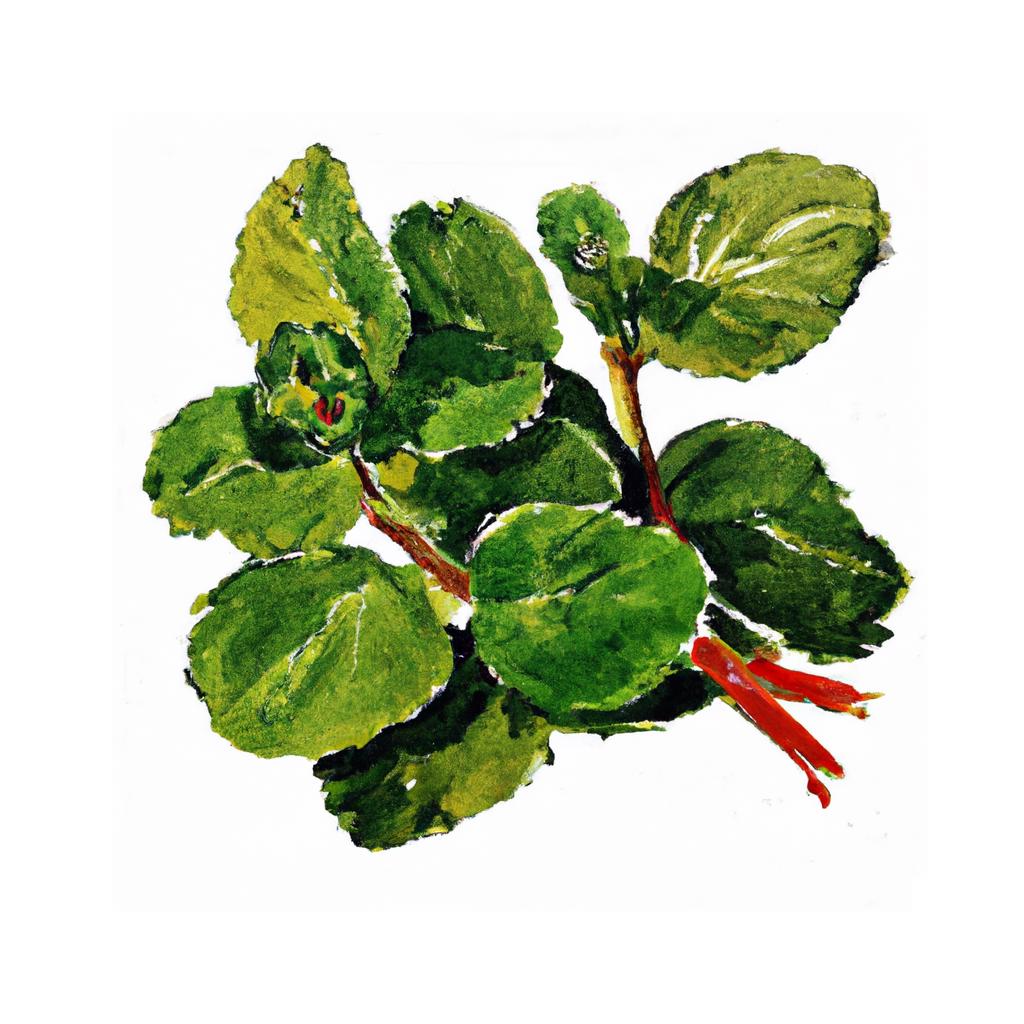
Mint is a versatile and aromatic herb, commonly grown for its culinary and medicinal properties. Belonging to the Lamiaceae family, there are several species of mint with the most well-known being spearmint (Mentha spicata) and peppermint (Mentha × piperita). Mint is prized for its refreshing flavor, which has made it a popular addition to dishes and drinks from various world cuisines.
With origins in Asia and the Mediterranean, mint has a long history of use dating back to ancient civilizations. Greeks and Romans were known to use it for its medicinal properties, especially in relieving digestive issues. They also appreciated the strong aroma, using it to scent their homes and even adorn themselves with mint crowns. In medieval times, mint was used as a natural remedy for ailments such as colds and stomachaches.
Mint is a perennial plant that prefers a damp, partially shaded location in the garden. However, it can spread rapidly, so it's often advisable to grow it in containers to keep it under control. Regular pruning helps promote bushy growth and ensures a continuous supply of leaves throughout the growing season.
As a culinary ingredient, mint is highly versatile and adds brightness, depth, and flavor to various dishes. It pairs well with fruit, complements lamb and other meats, and is often used in salads, summer rolls, and marinades. Its cool and refreshing taste makes it a popular choice for beverages, such as the classic mojito, mint julep, or mint-infused water. In Middle Eastern cuisine, mint is a key component in recipes like tabbouleh, while Indian cuisine features mint chutneys and raita. Additionally, mint can be used sparingly to add a pop of flavor to desserts, such as chocolate mint brownies, ice cream, or fruit salads.
This is advice is most applicable to growers in the UK, you may need to adjust the timings if you live somewhere with a different climate and/or seasons.
| Month | Tasks | Advice |
|---|---|---|
| January | - | - |
| February | Start mint seeds indoors, | Sow mint seeds in seed trays or pots filled with well-drained potting compost. |
| March | Transplant mint seedlings, | Plant out mint seedlings in prepared containers or garden beds once they have developed strong roots. |
| April | Water mint regularly, Pinch out tips for bushier growth, | Keep mint plants well watered and pinch out the growing tips of young plants to encourage bushier growth. |
| May | Water mint regularly, Remove flower buds, | Make sure mint plants receive consistent watering and remove any flower buds to encourage more leaf growth. |
| June | Water mint regularly, Harvest leaves as needed, | Continue to water mint consistently and harvest leaves regularly to encourage new growth. |
| July | Water mint regularly, Harvest leaves as needed, | Monitor water levels and harvest mint leaves regularly to promote fresh growth. |
| August | Water mint regularly, Harvest leaves as needed, | Maintain consistent watering and continue harvesting mint leaves as needed. |
| September | Water mint regularly, Harvest leaves before frost, | Keep mint plants well-watered and harvest remaining leaves before the first frost. |
| October | - | - |
| November | Divide and replant established mint, | Divide and replant established mint plants to maintain healthy, vigorous growth. |
| December | - | - |